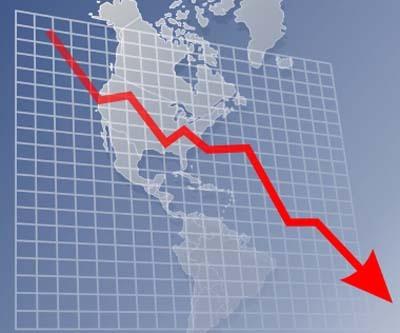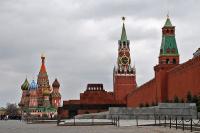Энэ 7 хоногт
World Bank releases positive update
The World Bank has released its Mongolian Economic Update for January 2010 in it provides a review of the main economic, fiscal and financial developments over 2009, as well as the policy response and future challenges.

The World Bank has released its Mongolian Economic Update for January 2010 in it provides a review of the main economic, fiscal and financial developments over 2009, as well as the policy response and future challenges.
The update states that the global downturn due to the world financial and economic crisis hit Mongolia’s economy extremely hard as commodities prices and external demand collapsed from mid-2008. The price of copper fell by as much as 65 percent from USUSD8700 per ton in April 2008 to USUSD3000 per ton in March 2009. Prices of other key export commodities such as coal, zinc, cashmere, and crude oil also declined significantly. Moreover, the external price shock was combined with an external demand shock due to the downturn in economic activity in Mongolia’s major trading partners. Chinese import demand for copper imports and Mongolian goods, in general, fell sharply, with annual declines reaching around 50 percent by the first half of 2009.
This external shock exposed underlying weaknesses in the country’s economic and policy-making environment, demonstrated by a sudden and sharp deterioration in its fiscal and external balances, and in the quality of its banks’ balance sheets. The country’s fiscal position was highly reliant on mineral revenues with savings being inadequate during the preceding boom which saw large increases in unsustainable or inefficient expenditures. The modest fiscal surpluses run by the government during the boom years (2005-2007) were insufficient to absorb the fiscal shock caused by the collapse of the mineral prices. In addition, rising revenues during the boom period had fuelled several unsustainable and inefficient expenditure trends.
The World Bank also acknowledges the banking sector was especially hard hit by the crisis. Loans had outpaced deposits during the boom years and banks were highly exposed to sectors such as construction which suffered badly during the downturn. After a crisis of depositor confidence in late 2008, triggered by the collapse of the fourth largest bank, the health of bank balance sheets and credit quality deteriorated markedly. In turn, this contributed to a tightening of credit conditions, which presented a drag on the economic recovery.
In the mining sector, the updates notices significant progress in mining sector reform and development was made during 2009 with the signing of the Oyu Tolgoi Investment Agreement. In the process leading up to the signing of this agreement, a number of policy issues were clarified and some of the key disincentives to mining investment were removed.
The Windfall Profits Tax was repealed with effect from January 2011. Other positive changes included permitting private sector construction and management of roads and water supply facilities, liberalizing the policy-making environment, and changes to the income tax regime that extended the loss carry forward provisions.
Nevertheless, other measures were also introduced that provide strong disincentives to new exploration and mine development. An amendment to the VAT Law was introduced which excludes exports of mineral products from being able to claim VAT refunds for the VAT paid on the imports used for these mineral products, constituting a significant increase in operating costs to miners and reducing profitability.
The update acknowledges the strong actions undertaken by the Government on fiscal, monetary, exchange rate, and financial policies in the second quarter of 2009 which were made possible by strong political leadership and an effective bi-partisan consensus. These actions were also supported by a rapid response by the development partners in the form of international and bilateral donor budgets and balance of payments support, as well as technical assistance. Looking to the future, the World Bank predicts a favourable medium-term growth outlook for Mongolia, driven by the large mining investment in Oyu Tolgoi. However, it warns the upcoming mining boom does carry with it the attendant “Dutch disease” risks, and a return to the profligate populism of the past. Other risks to the outlook relate to resolving the ongoing solvency problems in the banking sector and to near-term fiscal pressures before the sharp increases in mineral revenues associated with the OT project in later years.
Accordingly, the World Bank underlines the necessity to continue the policy reforms started in 2009. These include the adoption of the planned fiscal stability law to move away from the boom and bust cycle of mineral prices; improvements to the budget process and to the planning and management of public investment; and finally, putting in place a framework to support future infrastructure investment. Implementation of a targeted poverty benefit should ensure that in the future, the poor are protected against mining boom-and-busts in a fiscally sustainable manner. Similarly, addressing the banking sector problems in a decisive and transparent manner is urgently needed in order to prepare the sector for the upturn in economic activity, investment, and capital inflows in the years ahead. Finally, continued reforms in the mining sector will enhance incentives for new exploration and environmentally and socially sustainable development in a sector that is a key driver of medium to long term growth.






